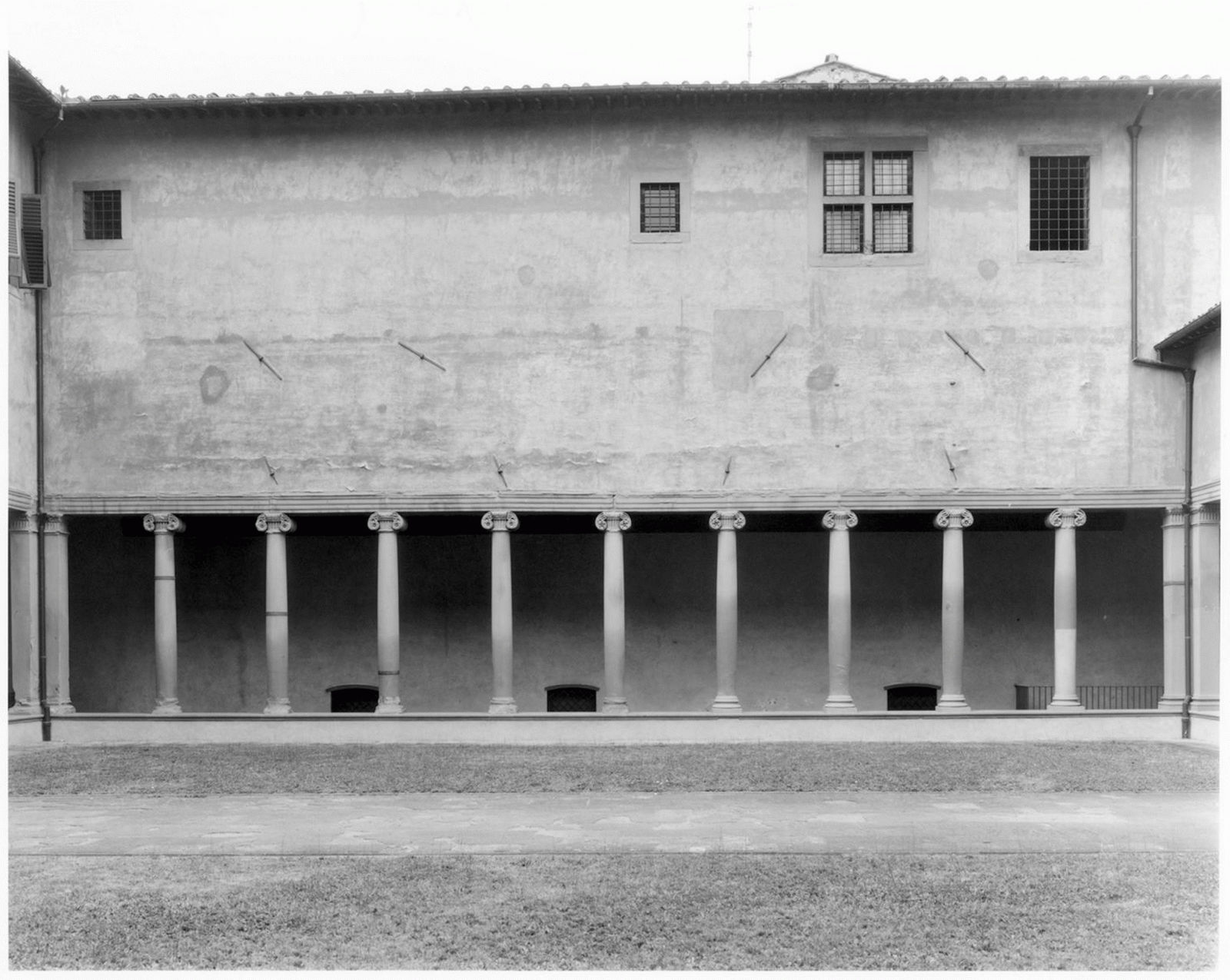Study day
Giuliano da Sangallo 1516-2016
Kunsthistorisches Institut in Florenz – Max-Planck-Institut and École Pratique des Hautes Études (Sorbonne) in collaboration with the Gabinetto dei Disegni e delle Stampe delle Gallerie degli Uffizi

The 500th anniversary of the death of Giuliano da Sangallo offers the opportunity to examine the ambivalent reception of the artist's work. Indeed, although he was a crucial figure in the architectural panorama of his time, Giuliano's output and personality remain elusive. His fragmentary and sometimes misunderstood oeuvre has often been described as caught between two styles and two eras, the Florentine Quattrocento and the Roman High Renaissance. Only recently have almost all his architectural works been examined in their complexity and completeness as the subject of a monograph (FROMMEL 2014), a publication that provides a stimulus for further research on the under-examined aspects of his multifaceted production.
Giuliano's training as legnaiuolo, for example, sheds light both on the specificity of Florentine architectural culture and on this artist's own design methods, in which architectural models played an important role. Similarly, his corpus of drawings and the technical characteristics of their execution offer an alternative understanding of the "evolution" of representational conventions over the course of the Renaissance, one which challenges the traditional history of an improbable linear progress in this field.
Furthermore, Giuliano da Sangallo's interactions with and responses to his contemporaries are still to be explored. The overlaps and continuities within his large family of sculptors and architects – starting with his brother Antonio the Elder and ending with his son, Francesco, in Florence, and his nephew Antonio the Younger in Rome – also invite further research. In particular, the techniques, morphologies, and evolution of the fortifications that have been attributed to Giuliano and Antonio the Elder offer a wealth of possibilities for further study. Their catalogue of military architecture is as broad as it is unexplored, and spans a time frame of almost half a century.
Moreover, the drawing practices of the workshop strongly attest to the artists' interweaving of figurative imagery and architectural inventions. The variety of genres explored by this polymorphic workshop has not yet been investigated from a broad perspective, one that considers sculpture alongside painting and decorative arts alongside large-scale architecture.
The study day, organized by Sabine Frommel, Dario Donetti and Alessandro Nova, to be held 17-18 November 2016 at the Kunsthistorisches Institut in Florenz – Max-Planck-Institut, will present innovative and unpublished contributions on Giuliano da Sangallo, thus offering a new perspective on both Tuscan and Roman architecture between the fifteenth and sixteenth centuries.
Downloads
Partners
In cooperation with
17 – 18 November 2016
Kunsthistorisches Institut in Florenz
Max-Planck-Institut
Palazzo Grifoni Budini Gattai
Via dei Servi 51
50122 Firenze
Notice
This event will be documented photographically and/or recorded on video. Please let us know if you do not agree with the Kunsthistorisches Institut in Florenz using images in which you might be recognizable for event documentation and public relation purposes (e.g. social media).


